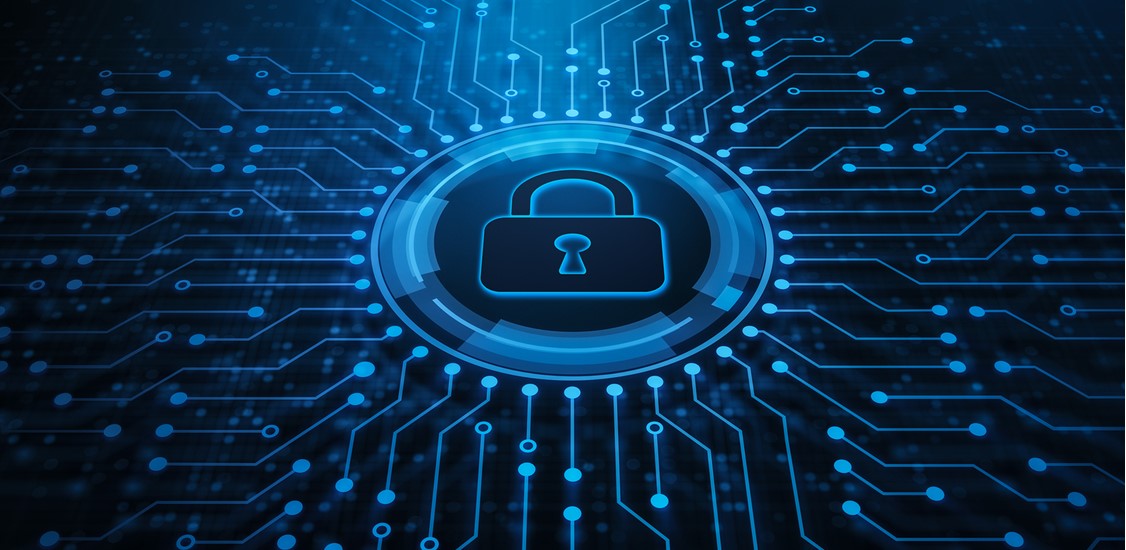The number of cyber-attacks targeting businesses in recent years has skyrocketed, increasing by 50% in 2021, and it continued to climb in 2022. As companies have transitioned to remote and hybrid environments, the attack surface has grown, while many businesses remain vulnerable to increasingly sophisticated and devastating attacks. But it’s not all bad news – as organizations become more aware of the threats and their potential harm, they are moving to a better security posture.
In this article, we explore a few of the important cybersecurity trends that businesses should be aware of for 2023 and beyond.
1. Work-from-anywhere cybersecurity adoption
After the pandemic, most companies were forced to learn new ways of fully digital, remote operations. On one hand, this situation fueled and expedited the digitalization of society, but at the same time, it left us more susceptible to attacks than ever before. Small and medium businesses are now the target of approximately 50% of cyberattacks. With productivity being the main goal, lack of tools for protecting remote workers, a still mostly security-unaware general public, and insufficient IT resources, the current situation takes a toll on those businesses who didn't embrace cybersecurity as one of the core means of staying competitive in the modern day. As companies continue adhering to the demands of the hyperconnected world we live in today, we expect much wider standardization and adoption of work-from-anywhere cybersecurity standards as the new norm in 2023.
2. Always-on technologies
We've learned over the years that users are the main cybersecurity bottleneck, despite all efforts to educate them and issue more robust privacy and security laws. Some years ago, we believed that the only way is to try to harden our efforts by layering security with perimeter, network and endpoint protection, but to expect smaller enterprises to keep up with and operate such a complex IT stack is unimaginable. More recently, we've set on a journey to simplify IT, deliver low-code solutions, easy deployment and introduce zero maintenance solutions. Despite such efforts, phishing attacks are still the most prevalent form of intrusion. A user-centric approach is what sets modern and effective tools apart from the legacy ones. They make it their goal to provide always-on, unobtrusive and invisible protection that doesn't require user interaction, runs in the background, enforces policies automatically, reduces threat surface and works in cloud/SaaS-first environments.
3. The digital supply chain security standardization
A century or two ago, a manufacturer would try to minimize the number of parts they sourced from a third party to maximize quality control and revenue. In the digital world, most companies embrace their expertise and source much of their "parts" from a third party, which allows them to get the best quality service, reduce development time and maximize ROI. Stock photos, IT consulting, CRMs, development, and even infrastructure can be sourced from third parties. This means an average company uses 110 SaaS solutions, of which many store their login credentials, financial or customer data or other valuable assets that may be misused to gain access. The sheer amount of newly introduced entry points to the network is unprecedented. Companies are learning to be more thorough in their due diligence before signing a contract with a supplier, expect transparent disclosure of their security standards and require compliance with data protection laws.
4. Phishing attacks will get harder to spot as they exploit legitimate services
Phishing will continue to be one of the most common attack methods, but the methods are becoming more advanced. As attackers have figured out ways to circumvent MFA (with user proxies, for instance), the traditional ways of spotting phishing attempts don’t always work. Users need continued education, but companies must also prepare for the attacks that get through. A good strategy will include multiple layers of protection by limiting access through a zero-trust approach, segmenting data and making backups. That way, an attacker will struggle to cause damage — even if they have compromised an authenticated account.
5. Mobile devices as attack vectors
Since many SMBs have limited resources, they often ignore mobile device security. But as their workers have moved to home offices, it has become more common for workers to use whatever device they have at hand, including personal ones over which the employer has little to no control. This has also been enabled with increasing performance packed in a small format device such as a smartphone, as well as wider use of SaaS applications that don't require special agents to use and are accessed via a web browser, often with optimized experience on smaller resolution displays. When there are no policies for personal device use and very limited protection of company mobile assets, the attack surface increases exponentially. By introducing technologies that enforce compliance regardless of the device used, work with user identity rather than simple passwords and are mixed with additional measures such as SSO, MFA, access control, or threat detection and blocking, employers enable the productivity and comfort their users want while reducing risk.
Looking ahead
Cybersecurity will continue to be top of mind for many businesses this year. As the amount of data that organizations collect has grown, many businesses, from SMB to enterprise, have become lucrative targets for hackers, ransomware gangs, nation-state actors and cyber-criminals. The arms race between attackers and defenders goes on, but there is reason for hope. With improved cybersecurity tools and practices that have become both more widely available and more frequently implemented, we foresee positive changes on the horizon.




















